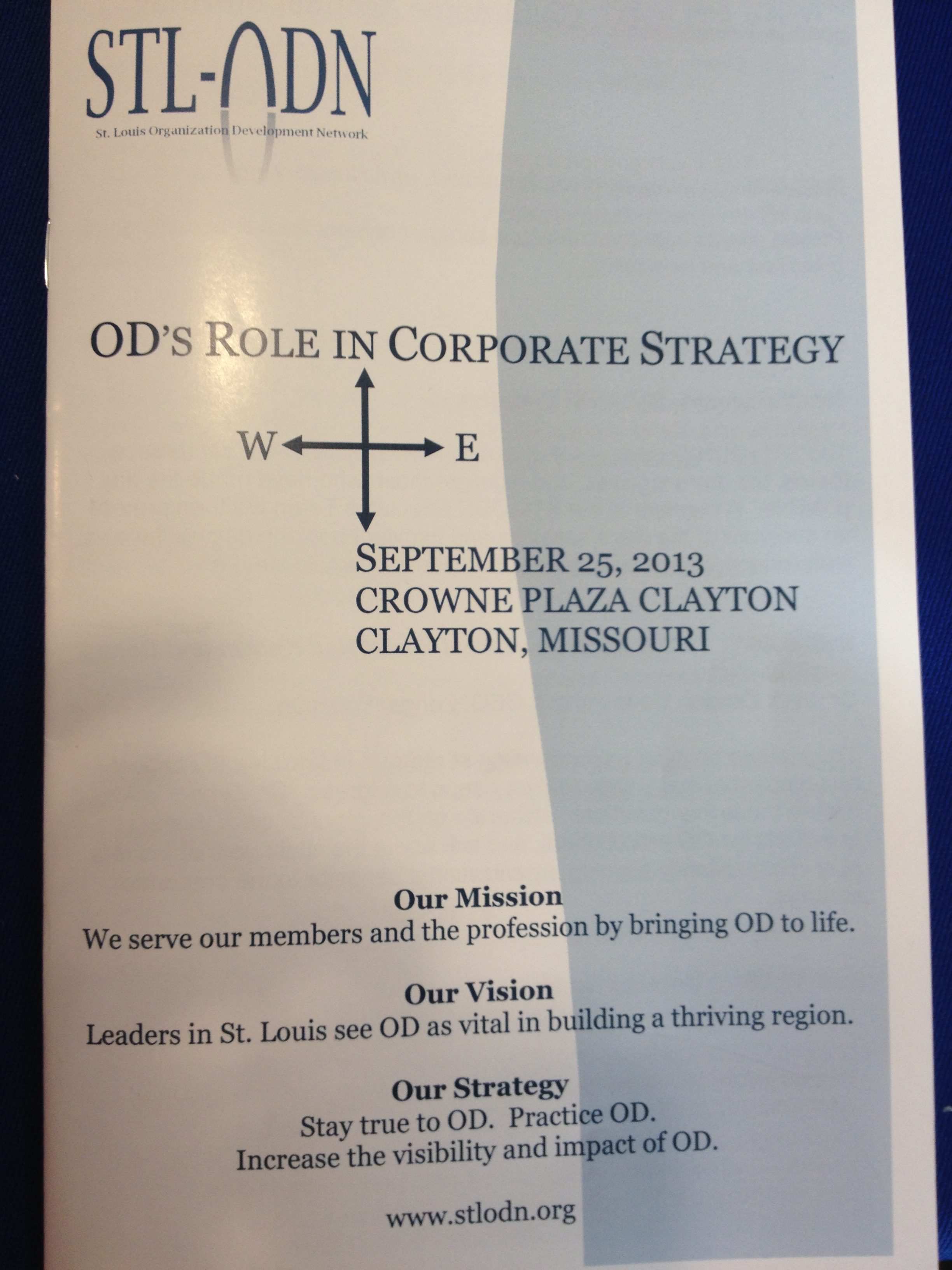For a long time now I’ve been writing about needing to change how we change – as individuals and as organizations. Again and again I hear clients and colleagues talk about how hard it is to change. Here’s the thing. For naturally curious people, change isn’t all that hard. One of the hardest things for me to accept in an organization is a lack of curiosity – about what could be if change happened, but also about what’s happening on the other side of the cubicle wall. So maybe we need to think about how we foster curiosity in people, so when change comes, it isn’t quite so daunting.
Too often I encounter organizational structures where everyone is so focused on their own thing, and they let years just slip by without growing. It is the consultant that has stayed on the same account in the same type of role for 10 years, or the operations manager who runs a top notch call center but doesn’t know the company stock price, or the Sales VP who drives a world class sales organization, but isn’t really sure how the product works. It is OK to specialize, for sure, and there’s great value in it – it isn’t that these people aren’t are high performers. Their focus has value, and they easily offer 101 rationals for not knowing more about the business – not enough time, under resourced, pressure from management, leadership doesn’t model the right behavior, etc. But at the end of the day, we can all make an individual choice to be curious about what’s happening around us. I meet people every day who haven’t learned anything new in 10 years except by happenstance – they happen to be standing around when something new hits them in the head. They are bright, energetic, hard working, and committed people – good people. But they just don’t find ways to explore what’s going on in other parts of the world that is their company. Sometimes they don’t even know the name of the person who has been sitting two doors down from them for years. And we wonder why organizations struggle with collaboration, innovation, and growth. If people aren’t curious, those things will always remain elusive.
In the last few weeks I’ve had the pleasure of working with two of my company’s largest clients and interacting with some very curious people. Like their less curious counterparts, they are bright, energetic, hard working and committed. But they have that extra spark that makes them wonder about what could be, and they know that to visualize that, they have to be willing to learn about other parts of world around them. Both of these clients are global, complex, and daunting, and the people I’m talking about are under resourced and over taxed by their leadership, just like everyone else. But curiosity is in their DNA, and you know it as soon as you meet them. One is in his 20s, another is in her 30s, and two are in their 40s – age doesn’t matter when it comes to being curious. And it isn’t about getting distracted or having trouble focusing – these people soak it in and apply what they learn every day to their task at hand, and they use what they take in to think critically about the problems they face in their own roles. They aren’t going around getting into other people’s business – quite the opposite. They focus on excelling at what they do while understanding the larger context in which they exist.
Working with them over the last few weeks has reminded me of how very critical curiosity is to the success of an organization. I want to surround myself with people who continually push themselves to learn new things, to explore what others know and do, and who put themselves in positions to do different things. People who go to classes in random subjects, or who go spend a day in a different office just to find out what’s happening over there. People who are curious.
When was the last time you moved yourself to a learning place? What happened when you did?


